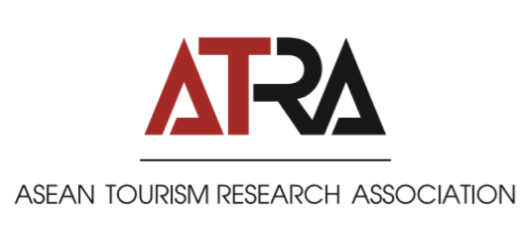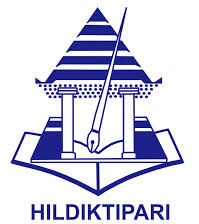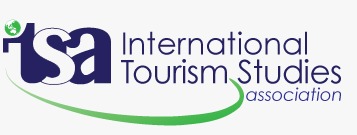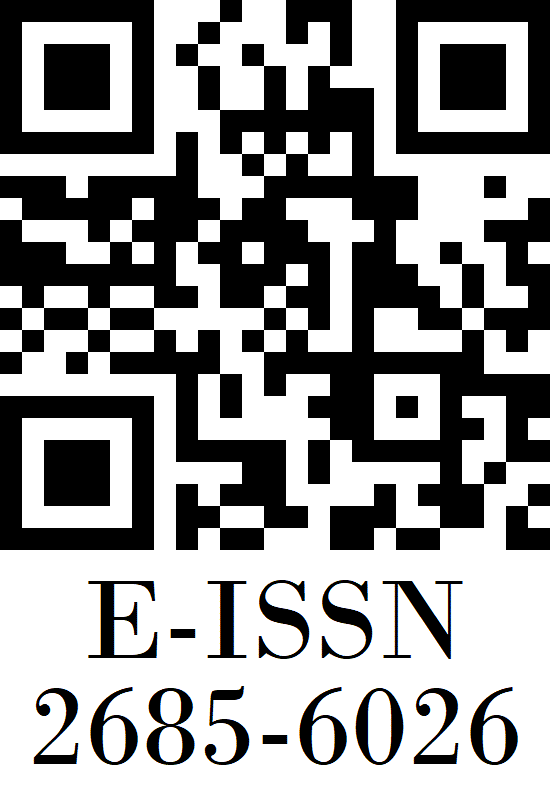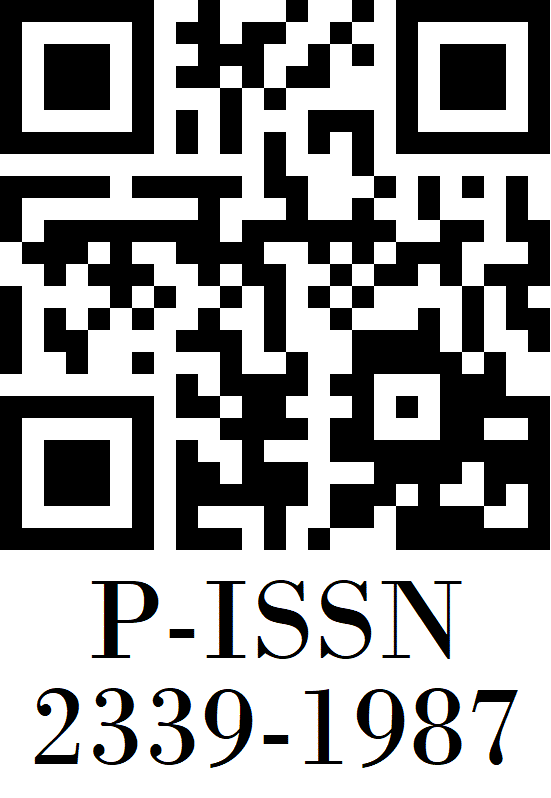THE EFFECT OF E-WOM ON DESTINATION IMAGE AND ATTITUDE TOWARDS TO THE VISIT INTENTION IN KOMODO NATIONAL PARK, INDONESIA
The Effect of E-WOM on Destination Image and Attitude towards to the Visit Intention in Komodo National Park, Indonesia
Abstract views: 2428 | pdf downloads: 1620
Abstract
This study aims to identify the theoretical arguments and hypotheses regarding the interrelationships among the electronic word of mouth (E-WOM), destination image, and tourist attitudes towards the visit intention when the Government has a new membership policy for visiting the Komodo National Park Indonesia. A total of Trip Advisor users, as many 388 online respondents participated in this study. Data were obtained from the online survey using a questionnaire with a Likert Scale. We evaluated the data using the Structural Equation Model (SEM) analysis and employed the Partial Least Square to assess the validity, reliability, and examine the hypothesis. The findings confirm this study reveals that E-WOM is significant in affecting the image destination and tourist attitudes that will affect to the visit intention. This result of this study will contribute to the field of e-commerce marketing, destination branding, tourism destination, and e-tourism research. This study helps tourism organizations in the development and implementation of destination marketing strategies in Indonesia.
Keywords: E-WOM, tourism destination, attitude, visit intention, and Komodo National Park.
References
Ajzen, I. 2002. Perceived Behavioral Control, Self-Efficacy, Locus of Control, and the Theory of Planned Behavior. Journal of Applied Social Psychology, 32(4): 665–683
Albarq A.N., Measuring the Impacts of Online Word-of-Mouth on Tourists Attitude and Intentions to Visit Jordan: An Empirical Study, International Business Research, 7(1), 14-22 (2014)
Alhemoud, A. M., & Armstrong, E. G. (1996). Image of tourism attraction in Kuwait. Journal of Travel Research, 34(4), 46–80.
Amalia, Rizki, Afrida Yahya, Nurhalis, Sofyan Idris, Sayed Mahdi, Teuku Rolli Ilhamsyah Putra & Sartiyah, Impact of Electronic Word of Mouth on Tourist Attitude and Intention to Visit Islamic Destinations (2018), Advances in Social Science, Education and Humanities Research, volume 292.
Assaker, G. (2014). Examining a hierarchical model of Australia's destination image. Journal of Vacation Marketing, 20(3), 195– 210.
Chen, Y. C., Shang, R. A., & Li, M. J. (2014). The effects of perceived relevance of travel blogs' content on the behavioral intention to visit a tourist destination. Computers in Human Behavior, 30, 787–799. https://doi.org/10.1016/j.chb.2013.05.019
Chi, C.G.Q. & Qu, H. (2008) Examining The Structural Relationships of Destination Image, Tourist Satisfaction, and Destination Loyalty: An Integrated Approach. Tourism Management, Vol. 29, 624-636.
Fakeye, P. C., & Crompton, J. L. (1991). Image differences between prospective, first-time, and repeat visitors to Lower Rio Grande Valley. Journal of Travel Research, 30(2), 10–16.
Gallarza, M. G., Saura, I. G., & Garc´ıa, H. C. (2002). Destination image: Toward a conceptual framework. Annals of Tourism Research, 29(1), 56–78
Goldenberg J., Libai B., and Muller E., Talk of the network: A complex systems look at the underlying process of word-of-mouth, Journal of Marketing Letter, 12(3), 211–223 (2001)
Gruen, T.W. Osmonbekov, T. and Czaplewski, A.J. (2006) eWOM: The impact of customer-to-customer online know-how exchange on customer value and loyalty. Journal of Business Research, Vol. 59, 449 – 456
Hennig-Thurau, Thorsten, Gwinner, K.P., Walsh, Gianfranco, Gremler, D.D. (2004) Electronic Word of Mouth Via Consumer-Opinion Platforms: What Motivates Consumers to Articulate Themselves on The Internet. Journal o f Interactive Marketing, Vol. 18, 38-52
Hou, J. S., Lin, C. H., & Morais, D. B. (2005). Antecedents of attachment to a cultural tourism destination: The case study of Hokka and non-Hokka Taiwanese. Journal of Travel Research, 44(2), 221–233.
Hsu, C.H.C., Cai, L.A., Li, M. (2010). Expectation, Motivation, and Attitude: A Tourist Behavioral Model. Journal of Travel Research, 49(3), 282-296. http://dx.doi.org/10.1177/0047287509349266
Jalilvand, Mohammad Reza, and Samiei, Neda. 2012. The Effect of Electronic Word Of Mouth On Brand Image and Purchase Intention An Empirical Study in The Automobile Industry In Iran. Marketing Intelligence and Planning Vol.30(4): 460-476.
Koji Ishida, Lisa Slevitch and Katia Siamionava, 2016, The Effects of Traditional and Electronic Word-of-Mouth on Destination Image: A Case of Vacation Tourists Visiting Branson, Missouri, Adm. Sci. 2016, 6, 12, doi:10.3390/admsci6040012
Maja Konečnik Ruzzier (2010) Extending the Tourism Destination Image Concept into Customer-Based Brand Equity For A Tourism Destination, Economic Research Ekonomska Istraživanja, 23:3, 24-42, DOI: 10.1080/1331677X.2010.11517421
Mohammad Jamal Khan, Shankar Chelliah & Sahrish Ahmed (2017): Factors influencing destination image and visit intention among young women travelers: role of travel motivation, perceived risks, and travel constraints, Asia Pacific Journal of Tourism Research, DOI: 10.1080/10941665.2017.1374985
P. Heriyati and T. P. Siek, ―Effects of the word of mouth communication and perceived quality on decision making moderated by gender: Jakarta blackberry smartphone consumer's perspective, Contemporary Management Research, vol. 7, no. 4, pp. 329-336, 2011.
Rizkalla, Nosica & Setiadi, Deyna Dwitama, 2020. "Appraising The Influence Of Theory Of Consumption Values On Environmentally-Friendly Product Purchase Intention In Indonesia," Management and Marketing Journal, University of Craiova, Faculty of Economics and Business Administration, vol. 0(1), pages 7-25, May.
Rizky, Muhammad Ramdan, Rahardjo Kusdi, Abdillah Yusri (2017) The Impact of E-Wom on Destination Image, Attitude Toward Destination and Travel Intention, DOI: https://doi.org/10.18551/rjoas.2017-01.09
Setiawan, Putu Yudi, & Eka Afnan Troena, 2014., Armanu, Noermijati, The Effect of E-WOM on Destination Image, Satisfaction and Loyalty, International Journal of Business and Management Invention ISSN (Online): 2319 – 8028, ISSN (Print): 2319 – 801X www.ijbmi.org Volume 3 Issue 1 January. 2014, PP.22-29
Soderlund M. and Rosengren S., Receiving word-of-mouth from the service customer: an emotion-based effectiveness assessment, Journal of Retailing and Consumer Services, 14(2), 123-36 (2007)
Tsung Hung Lee (2009) A Structural Model to Examine How Destination Image, Attitude, and Motivation Affect the Future Behavior of Tourists, Leisure Sciences: An Interdisciplinary Journal, 31:3, 215-236, DOI: 10.1080/01490400902837787
Tucker T., Online word of mouth: Characteristics of Yelp.com reviews, The Elon Journal of Undergraduate Research in Communications, 2(1), 37–42 (2011)
Valentina Della Corte, Mauro Sciarelli, Clelia Cascella, Giovanna Del Gaudio, Customer Satisfaction in Tourist Destination: The Case of Tourism Offer in the City of Naples, Journal of Investment and Management. Special Issue: Attractiveness and Governance of Tourist Destinations. Vol. 4, No. 1-1, 2015, pp. 39-50. doi: 10.11648/j.jim.s.2015040101.16
Vaughan, R.D., 2007. The Images of Romania as a Potential Holiday Destination. International Journal of Tourism Policy. Vol.1 No.1: pp.1-6.
Yerizal & Abror, Abror. 2018. The Influence of E-Wom and Image Destination on Revisit Decision Moderated by Trust: A Literature Review. Advances in Economics, Business and Management Research, volume 64
Zeithaml, V.A. (1981). How consumer evaluation processes differ between goods and services. In J.H.Donnelly, & W.R. George (Eds), Marketing of Services (pp.186-190), America Marketing Association, Chicago, IL
Zhu, M., & Lai, S. (2009). A Study About The EWOM's influence on tourism destination choice. In 2009 International Conference on Electronic Commerce and Business Intelligence (pp. 120–124). https://doi.org/10.1109/ECBI.2009.104.




